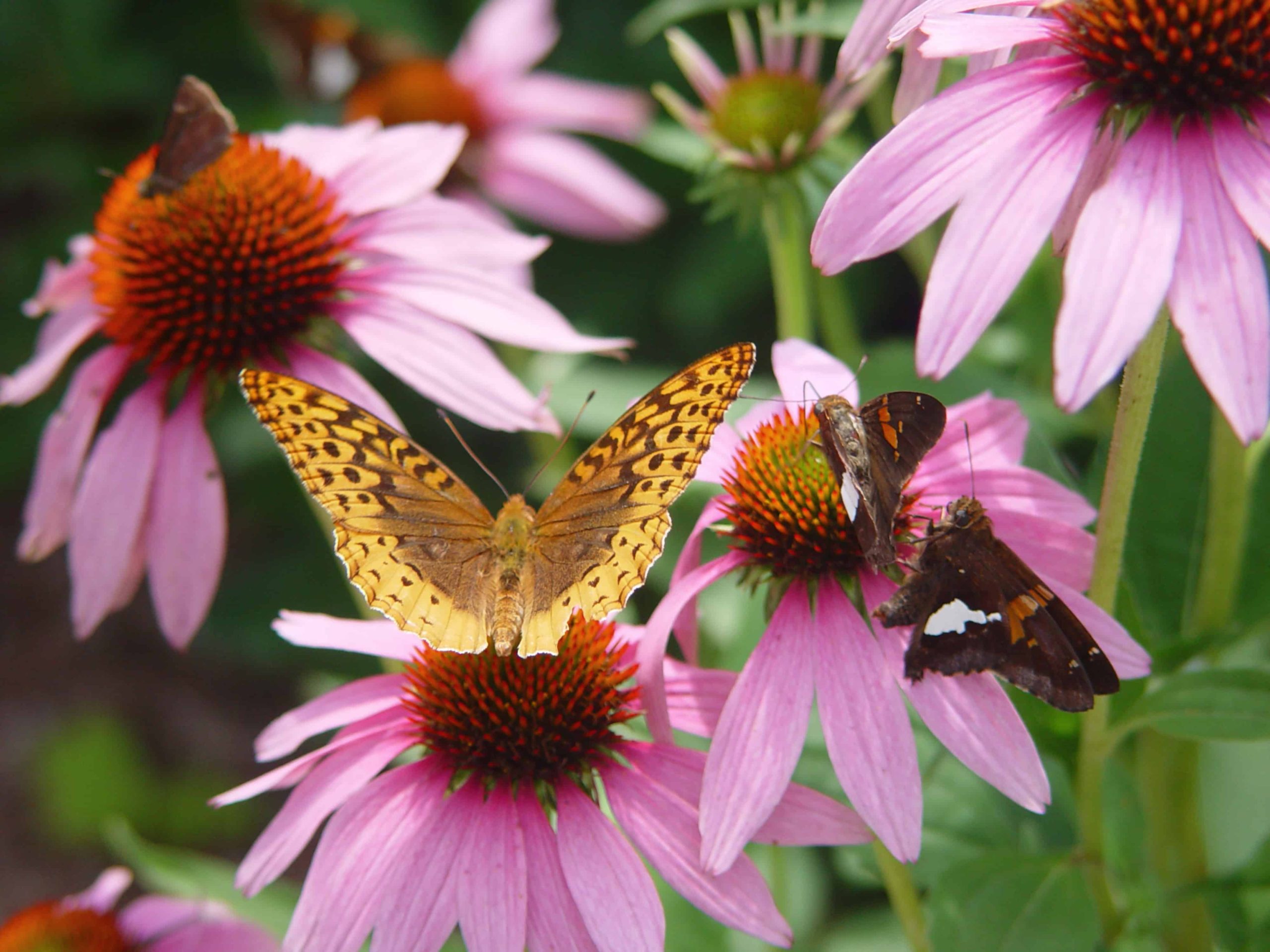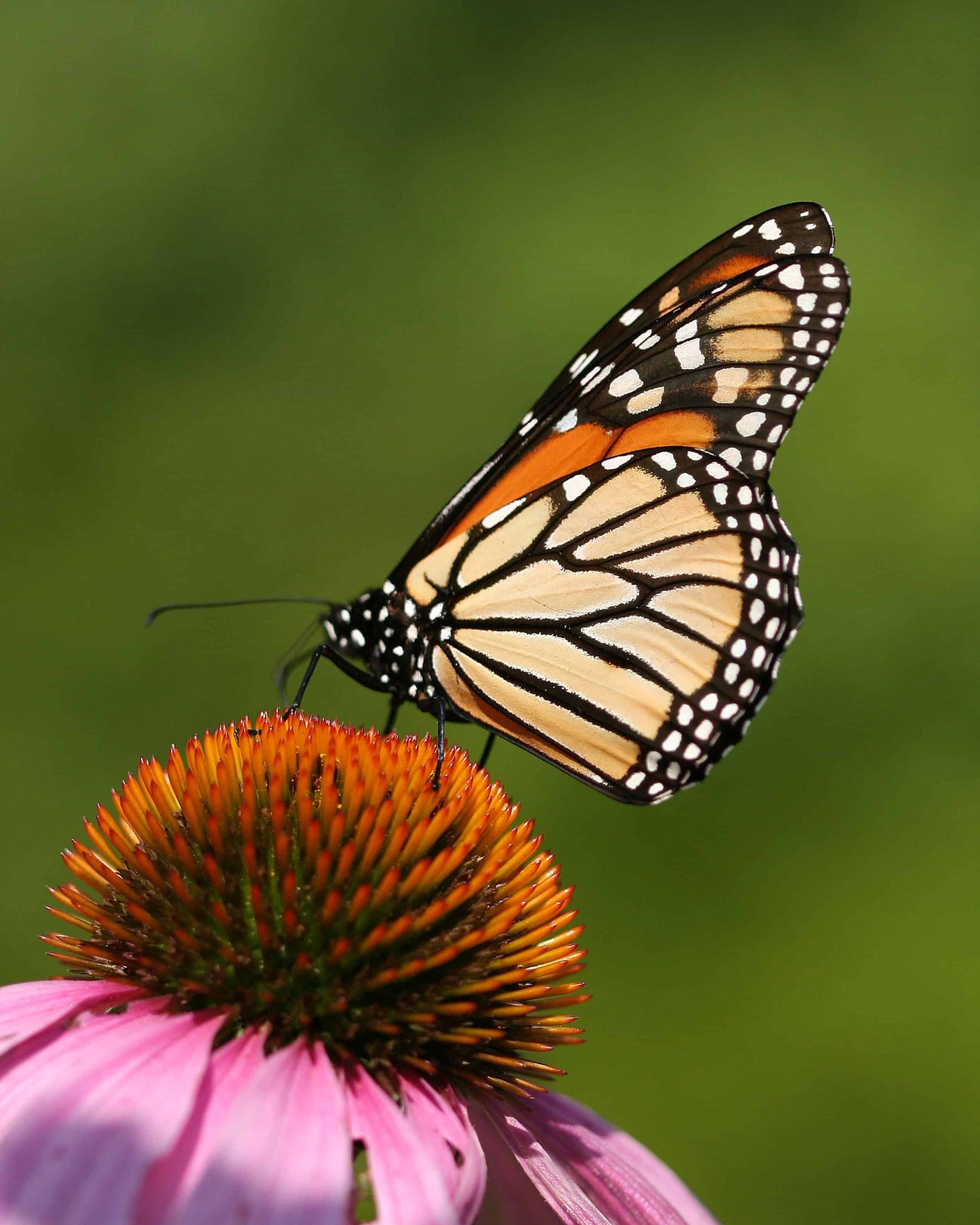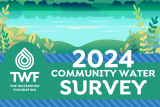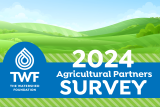Support the pollinators on your property!
Thursday, June 9, 2022
Wh en it comes to the beauty of a garden, we are often distracted by abundant plants and flowers that steal the show. But truly, it’s the pollinators that are the real stars!
en it comes to the beauty of a garden, we are often distracted by abundant plants and flowers that steal the show. But truly, it’s the pollinators that are the real stars!
Pollinators have a critical role in the garden as they continue the plant’s reproductive life cycle. Pollinators can be bees, butterflies, hummingbirds and many other insects or animals. We often think of bees or butterflies when we think of pollinators, but did you know that birds have an important role too? More than 2000 species of birds are involved in pollination, especially hummingbirds.
Unless you look very closely, you might not see what the pollinators are doing as they zip and buzz from petal to petal. As the pollinator moves along, feeding on plants and flowers, bits of pollen attach to their bodies and drop as they move – often in other plants who are eagerly awaiting its arrival to continue their lifecycle. The pollen is used to produce fruit or seeds.
What could you do to make the pollinator’s job a little easier? Utilize native plant species in your garden! Native species of plants have occurred naturally in an area over hundreds or thousands of years and offer a food source that the pollinator is accustomed to finding and relies upon.
“A lot of people might wonder what pollinators and native plant species have to do with water quality in our lakes, rivers and streams,” said Lyn Crighton, executive director of The Watershed Foundation. “It’s simple. Native plants soak up water, hold soil in place, and filter pollutants. Pollinators help native plants thrive.”
According to Clear Choices Clean Water, a project co-founded by The Watershed Foundation, approximately 70% of pollution in our waterways comes from stormwater runoff. Native plants slow that runoff to a crawl or stop it altogether.
“Native plants are important to the local ecosystem,” Crighton added. “They are part of the balance of nature. They provide habitat for pollinators and also help keep our water healthy. It’s a win-win situation.”
A great example of a pollinator working well with a native species is the Purple Coneflower (echinachea) and Monarch butterflies. The Purple Coneflowers rely on the butterflies for pollination and the butterflies really enjoy the Purple Coneflowers’ nectar. Purple Coneflower is beautiful, inexpensive and easily grown. You’ll enjoy the steady many butterflies visiting all summer long — definitely another win-win!
Finding native species to plant in your garden or around your lawn are easy to find if you know what to look for. Some good resources for finding native species include your local Purdue Extension office, your Soil & Water Conservation District or visit www.Indiana.ClearChoicesCleanWater.org where there’s a downloadable list of nurseries and garden centers that offer native plant species. You can call or visit these locations and find friendly, helpful people who can get you going in the right direction.
Another thing you can do to protect pollinators is to be careful which pesticides you use on your lawn and garden. Many commonly used pesticides have been found to have negative consequences for pollinators. To help our pollinators, consider reducing or eliminating your use of these chemicals. If you must use them, look for ones with a Bee Advisory Label.
For more information about The Watershed Foundation, visit www.watershedfoundation.org
Categories:
Be a Hero for Healthy Lakes!
Our lakes need help. Our lakes need you. You can volunteer on clean water projects, take an action pledge, attend an event, donate funds – there are so many ways to make a difference! Will you join us?


